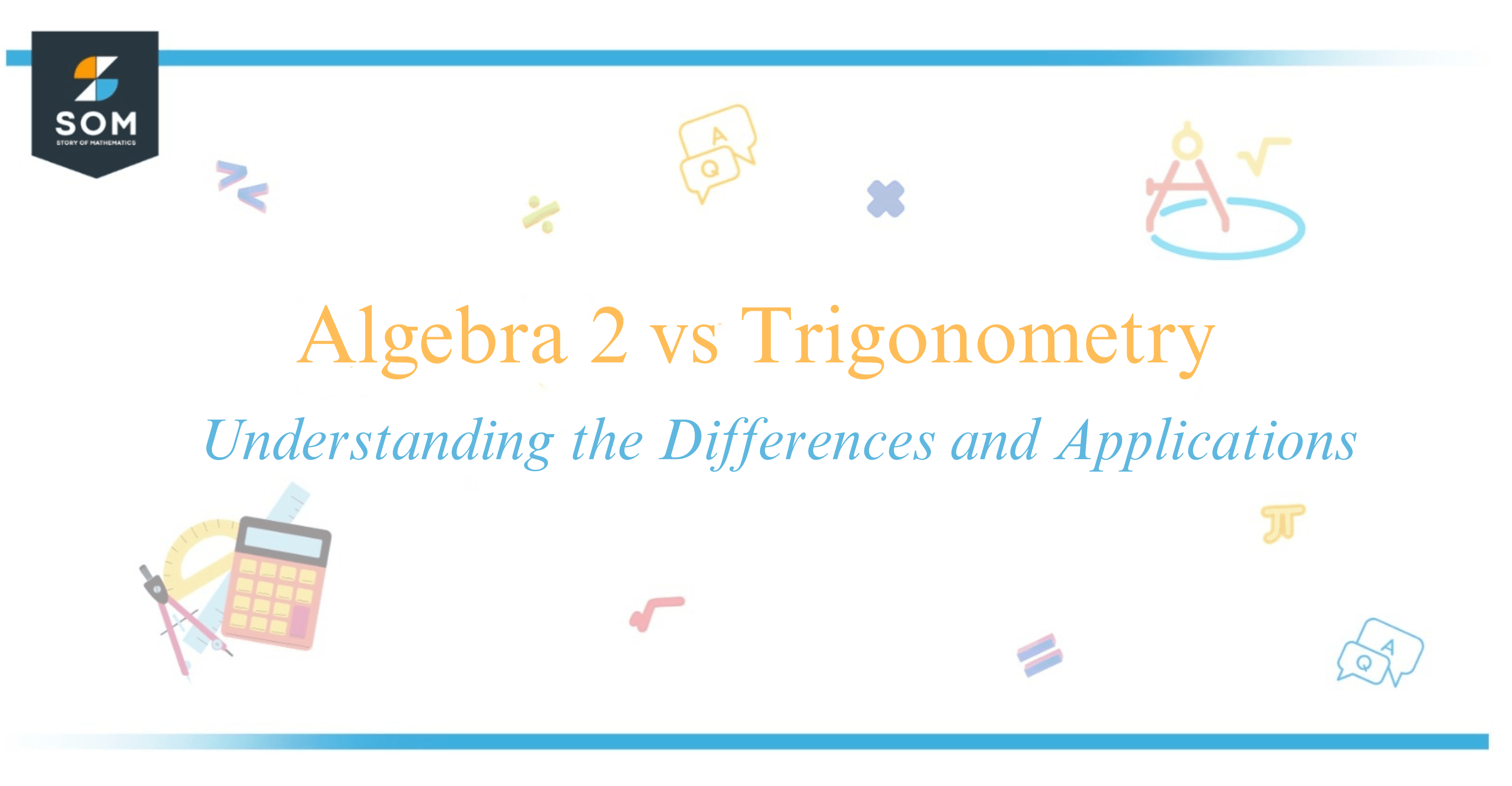 Algebra 2 and trigonometry serve as critical stepping stones in a student’s mathematical journey through high school and into college. I remember that uncovering the intricacies of Algebra 2’s equations and inequalities laid the groundwork for my understanding of more complex math concepts, serving as an essential prerequisite for other advanced courses.
Algebra 2 and trigonometry serve as critical stepping stones in a student’s mathematical journey through high school and into college. I remember that uncovering the intricacies of Algebra 2’s equations and inequalities laid the groundwork for my understanding of more complex math concepts, serving as an essential prerequisite for other advanced courses.
Whereas algebra provides the language of mathematics through variables and operations, trigonometry introduces me to the world of angles and their relationships within triangles. Seeing how both subjects play a role in meeting graduation requirements and preparing for higher-level math makes one appreciate their significance in shaping a strong mathematical foundation.
And who knows? By the end of our exploration, you might just discover an unexpected interest in the sine and cosine waves of trigonometry or the intriguing solutions of algebraic equations.
Main Differences Between Algebra 2 and Trigonometry
The main differences between Algebra 2 and Trigonometry center on their focus areas. Algebra 2 dives into complex equations and inequalities, whereas Trigonometry is dedicated to the study of triangles and the relationships between their angles and sides.
Algebra 2:
- Core focus: Polynomials, functions, equations, inequalities, logarithms, and graphing.
- Strongly linked to: Precalculus and Calculus.
- Relevance: Essential for higher education in fields such as engineering, finance, and science.
Trigonometry:
- Core focus: Trigonometric functions (sine, cosine, tangent), properties of angles, and triangle measurements.
- Strongly linked to: Geometry, physics, astronomy, and architecture.
- Relevance: Plays a critical role in various career paths like medicine, engineering, and architecture.
When I choose a math course, understanding the landscape of topics covered is crucial for aligning with my college and career aspirations. While both subjects are fundamental for a comprehensive understanding of mathematics and are oftentimes prerequisites for Calculus, they equip me with different skill sets.
Algebra 2 polishes my abilities to solve and graph complex equations and work with logarithms, laying down a strong foundation for advanced studies in algebra and calculus. Trigonometry, on the other hand, prepares me for fields requiring spatial understanding by illustrating how the principles of triangles apply in science and engineering.
Each discipline not only sharpens my critical thinking but also opens doors to various applications in the real world, influencing my approach to problems outside the classroom.
Conclusion
In deciding whether to pursue Algebra 2 or Trigonometry, I must consider my academic goals and interests. Algebra 2 is a crucial stepping stone for those desiring a strong foundation in various mathematical concepts, including equations, functions, and inequalities. It acts as a gateway for advanced studies in calculus and beyond.
On the other hand, Trigonometry offers a focused approach, delving into the relationships within triangles and the understanding of sine, cosine, and tangent functions. This knowledge is particularly beneficial for fields like engineering, physics, and architecture where spatial calculations are essential.
My choice essentially comes down to my career aspirations and the type of mathematical challenges I enjoy solving. I should take into account the requirements of my desired college program or look ahead at high school or college classes I’m interested in taking, as each subsequent class may have prerequisites.
For comprehensive mathematical education, I might even consider taking both courses if my schedule allows it. This would not only broaden my understanding but also enhance my problem-solving skills across different areas of mathematics. As with any academic decision, it’s wise for me to consult with my teachers and counselors to determine the path that aligns best with my educational journey.
